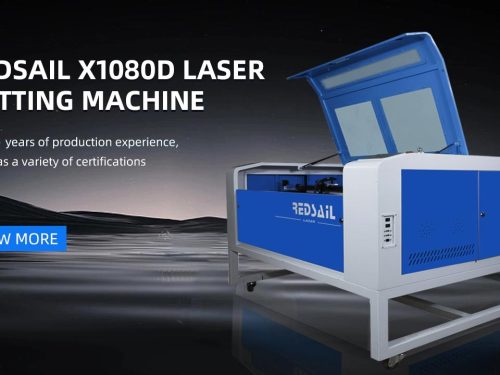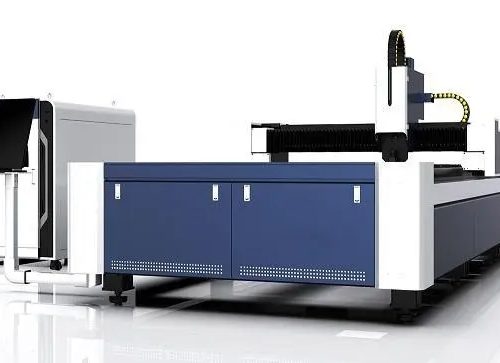
With the continuous development of science and technology, laser cutting technology has become increasingly mature. Today, I would like to introduce four types of laser cutting technology.
Laser cutting is one of the popular ways of metal processing at present. Its principle is to use the focused high power density laser beam to irradiate the workpiece, so that the irradiated material can quickly melt, vaporize, ablate or reach the ignition point. At the same time, the molten material can be blown off with the help of the high-speed air flow coaxial with the beam, thus realizing the cutting of metal workpiece.
According to the thermophysical properties and auxiliary gas properties of processing materials, laser cutting can be divided into four types, namely, laser vaporization cutting, laser melting cutting, laser oxygen cutting and laser controlled fracture.
1、 Laser vaporization cutting
Use high-energy and high-density laser beam to heat the workpiece, so that the cutting material temperature rises rapidly, reaches the boiling point of the material in a short time, skips the melting step and starts to vaporize directly, forming steam. At the same time as the steam is ejected, a cut is formed on the cutting material.
It is mainly used for cutting extremely thin metal materials and non-metallic materials such as paper, cloth, wood, plastic and rubber. Its advantages are high cutting quality and low material consumption.
2、 Laser melting and cutting
Use laser to heat metal materials and melt them, blow out inert gases, such as nitrogen, through a nozzle coaxial with the beam, and rely on the strong pressure of the gas to discharge molten liquid metal. The advantage of using laser to melt and cut is that the cutting edge is relatively smooth, generally without secondary treatment, the laser energy requirements are high, and the gas pressure is large. Suitable for cutting stainless steel, titanium, aluminum and alloy metal.
3、 Laser oxygen cutting
The principle of laser oxygen cutting is similar to that of oxyacetylene cutting. It uses laser as preheating heat source and active gas such as oxygen as cutting gas. On the one hand, the ejected gas reacts with the cutting metal to produce a large amount of oxidation heat; On the other hand, the molten oxide and melt are blown out of the reaction zone to form a notch in the metal. The cutting speed is fast, mainly applicable to the cutting of carbon steel metal materials.
4、 Laser controlled fracture
The laser controlled fracture is to use the steep temperature distribution produced by the grooving with low laser power to generate local thermal stress in the brittle material, so that the material will break along the groove. Higher power will cause the workpiece surface to melt and damage the cutting edge. It is mainly suitable for cutting brittle materials such as silicon chips and glass.










